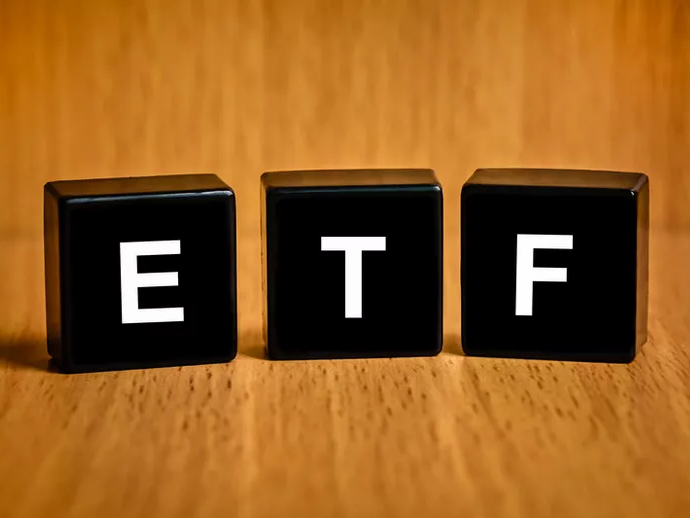Active ETFs on the way up
Tabula launches again. The iTraxx-CDX IG Global Credit Steepener UCITS ETF (TCRS) is listed on Deutsche Boerse with a TER of 0.40%. The company now has 7 ETF products with a combined AUM €167m. Link.
Amundi has closed 11 France-domiciled ETFs, totalling AUM of €110m. Following the closures, the asset manager is left with 111 ETFs in Europe, 78 of which are domiciled in Luxembourg. Link
DWS have launched the Xtrackers US Treasuries Ultrashort Bond UCITS ETF, listing on the London Stock Exchange and Germany’s Xetra stock exchange with a TER of 0.07%. Link
BlackRock has jumped on the Hang Seng Tech bandwagon with the launch of the iShares Hang Seng TECH ETF on the Hong Kong Stock Exchange.
The fund is the fourth ETF to track Hang Seng TECH Index following the introduction of funds by CSOP Asset Management, China Asset Management Company, and Hang Seng Investment Management in the past three weeks.
However it is significantly cheaper than its rivals with a TER of 0.25% vs 1.49%, 0.60%, and 0.87%, respectively for the other funds. Link
Flows & Performance
Amundi reports that interest in global ETFs remained buoyant in August with investments increasing by €50.0 billion. Investors allocated €22.7 billion to Equities, €22.9 billion to debt, while commodities saw global in-flows of €3.6 billion with investor interest in gold ETFs starting to decline.
August was the first month since March that equity in-flows to European-registered ETFs outpaced investments to debt instruments, with this asset class seeing in-flows of €3.9 billion, Amundi says. Link
Noteworthy
ESG, thematic and active ETFs are predicted to see the strongest growth over the coming two to three years as passive ETFs’ majority slims, according to the Global ETF Study from JP Morgan Asset Management.
Globally, 59% of respondents anticipate growth in the ESG ETF market, 42% see strong growth in thematic products and 37% believe active ETFs will continue to grow over the coming years, compared to 32% predicting growth across passive ETFs. Link
Interesting comparison between J.P. Morgan and Fidelity. Both launched at more or less the same time in Europe in 2017 and both were confident their brands and distribution networks would give them a vital edge over more established players. However, there the comparisons end.
J.P. Morgan has amassed €3.9bn in ETF assets in Europe since its first product launch in 2017 placing it among the 20 largest providers. It has garnered more than €1.4bn in ETF net flows this year. Meanwhile, Fidelity has amassed just over €768m in ETF assets since it made its first foray into the European industry. It has suffered net outflows of €332m since the start of January. Link
How about launching your ETF business with more than $1bn in assets? That’s exactly what Cabana Asset Management have done in the US persuading about 75-80% of its existing investors to switch from managed accounts into the new ETF format. Link
Interesting analysis on the number of Non transparent ETFs launch in the US so far.
All have come from existing mutual fund providers
All are ETF versions of their existing flagship mutual funds
All are priced cheaper than the mutual fund equivalents
Is this the beginning of the end for the mutual fund structure?

